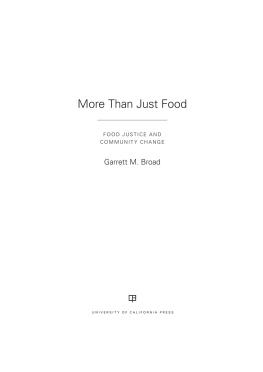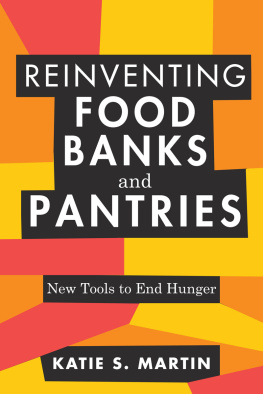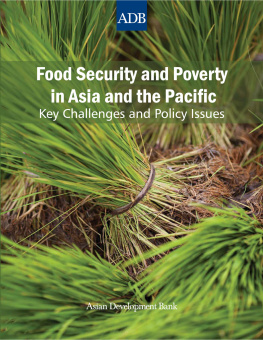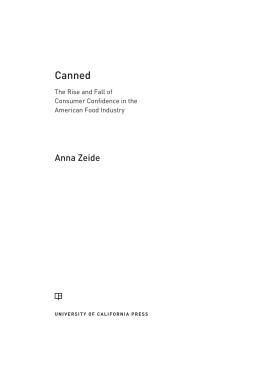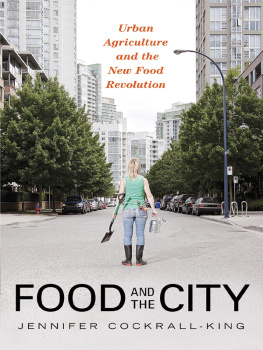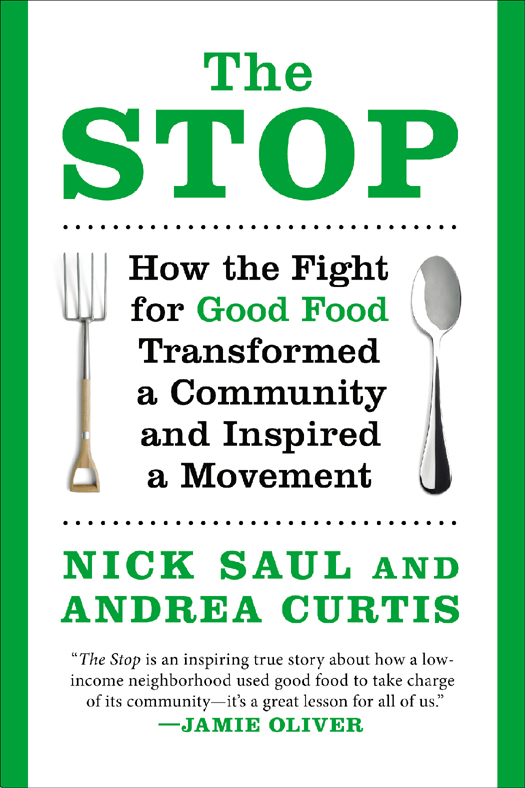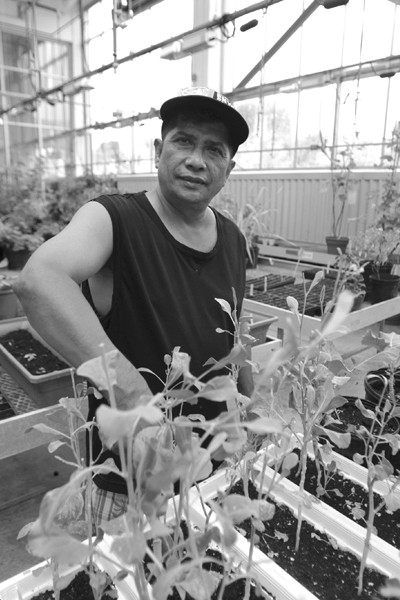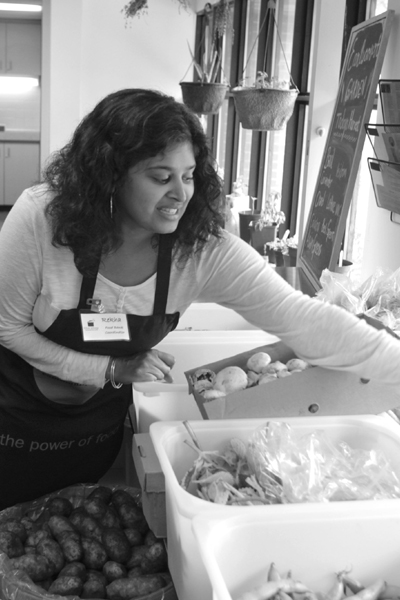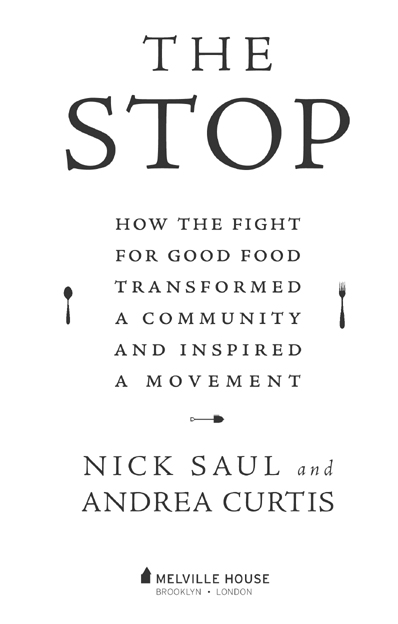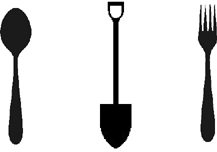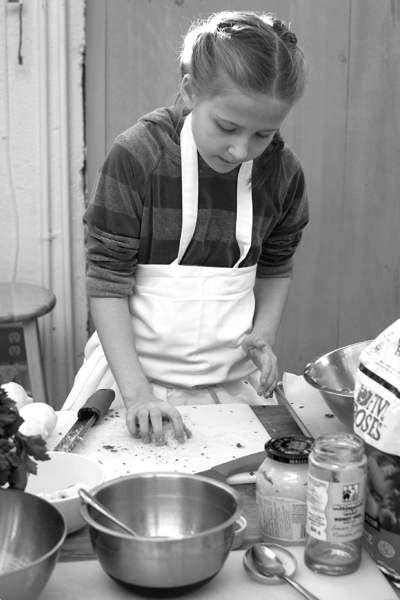Nick Saul - The Stop: How the Fight for Good Food Transformed a Community and Inspired a Movement
Here you can read online Nick Saul - The Stop: How the Fight for Good Food Transformed a Community and Inspired a Movement full text of the book (entire story) in english for free. Download pdf and epub, get meaning, cover and reviews about this ebook. year: 2013, publisher: Random House Canada, genre: Home and family. Description of the work, (preface) as well as reviews are available. Best literature library LitArk.com created for fans of good reading and offers a wide selection of genres:
Romance novel
Science fiction
Adventure
Detective
Science
History
Home and family
Prose
Art
Politics
Computer
Non-fiction
Religion
Business
Children
Humor
Choose a favorite category and find really read worthwhile books. Enjoy immersion in the world of imagination, feel the emotions of the characters or learn something new for yourself, make an fascinating discovery.

- Book:The Stop: How the Fight for Good Food Transformed a Community and Inspired a Movement
- Author:
- Publisher:Random House Canada
- Genre:
- Year:2013
- Rating:5 / 5
- Favourites:Add to favourites
- Your mark:
The Stop: How the Fight for Good Food Transformed a Community and Inspired a Movement: summary, description and annotation
We offer to read an annotation, description, summary or preface (depends on what the author of the book "The Stop: How the Fight for Good Food Transformed a Community and Inspired a Movement" wrote himself). If you haven't found the necessary information about the book — write in the comments, we will try to find it.
It began as a food bank. It turned into a movement.
In 1998, when Nick Saul became executive director of The Stop, the little urban food bank was like thousands of other cramped, dreary, makeshift spaces, a last-hope refuge where desperate people could stave off hunger for one more day with a hamper full of canned salt, sugar and fat. The produce was wilted and the packaged foods were food-industry castoffsmislabelled products and misguided experiments that no one wanted to buy. For users of the food bank, knowing that this was their best bet for a meal was a humiliating experience.
Since that time, The Stop has undergone a radical reinvention. Participation has overcome embarrassment, and the isolation of poverty has been replaced with a vibrant community that uses food to build hope and skills, and to reach out to those who need a meal, a hand and a voice. It is now a thriving, internationally respected Community Food Centre with gardens, kitchens, a greenhouse, farmers markets and a mission to revolutionize our food system. Celebrities and benefactors have embraced the vision because they have never seen anything like The Stop. Best of all, fourteen years after his journey started, Nick Saul is introducing this neighbourhood success story to the world.
In telling the remarkable story of The Stops transformation, Saul and Curtis argue that we need a new politics of food, one in which everyone has a dignified, healthy place at the table. By turns funny, sad and raw, The Stop is a timely story about overcoming obstacles, challenging sacred cows and creating lasting change.
Nick Saul: author's other books
Who wrote The Stop: How the Fight for Good Food Transformed a Community and Inspired a Movement? Find out the surname, the name of the author of the book and a list of all author's works by series.

